INVERTOSE
- CAS NO.:8013-17-0
- Empirical Formula: C12H24O12
- Molecular Weight: 360.31
- MDL number: MFCD00148911
- EINECS: 232-393-1
- SAFETY DATA SHEET (SDS)
- Update Date: 2024-12-18 13:37:16
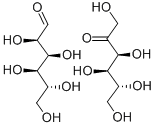
What is INVERTOSE?
Description
Invert sugar is a direct and indirect food ingredient. It is a mixture of two monosaccharides, glucose and fructose, which results from the hydrolysis of sucrose. Invert sugar is marketed as a component of invert syrups; these syrups also contain sucrose, the proportion depending on the extent of conversion. Invert syrups are considered to be invert sugar in this evaluation. Solids in "total" invert syrups contain 6 percent sucrose whereas those in "medium" invert syrups contain 39 percent sucrose. Invert syrup solids also contain 3 percent polysaccharides and less than 0.5 percent of the monosaccharide D-psicose (an epimer of fructose). The principal highfructose syrup currently sold in the United States is produced by the enzymatic isomerization of starch hydrolyzates, about 95 dextrose equivalent, and contains about the same proportions of dextrose and fructose as "total" invert syrups from sucrose on a dry solids basis. It also contains the di- and higher saccharides that were present in the starch hydrolyzates from which they were derived and less than 0.3 percent D-psicose. Dextrose-levulose syrup produced by the enzymatic isomerization of dextrose solutions contains, in addition to dextrose and levulose, less than 1 percent polysaccharides and less than 0.3 percent D-psicose.1 Invert sugar is a mixture of glucose and fructose that results from the hydrolysis of sucrose in accordance with good manufacturing practices. Invert sugar is marketed as invert sugar syrup and also contains dextrose (glucose), fructose, and sucrose in various amounts as represented by the manufacturer. Invert sugar syrup is a hygroscopic liquid that has a sweet taste. It is very soluble in water, in glycerin, and in glycols; and it is very sparingly soluble in acetone and in ethanol.
The Uses of INVERTOSE
In food products, in confectionery. As a humectant, like glycerol, to hold moisture and to prevent drying out. In brewing.
The Uses of INVERTOSE
Invert Sugar is a sweetener that is a mixture of equal weights of dextrose (glucose) and levulose (fructose). It is more soluble than sucrose and has higher moisture-retaining properties because of the fructose content. It resists crystallization. It is used in candy and icings because it is sweeter, more soluble, and crystallizes less readily than sucrose.
Definition
A mixture of 50% glucose and 50% fructose obtained by the hydrolysis of sucrose. It absorbs water readily and is usually handled only as a syrup. Because of its fructose content, invert sugar is levorotatory in solution and sweeter than sucrose. Invert su
Properties of INVERTOSE
| Boiling point: | 105℃[at 101 325 Pa] |
| Density | 1.338[at 20℃] |
| Water Solubility | almost transparency |
| Merck | 14,5006 |
| CAS DataBase Reference | 8013-17-0 |
| EPA Substance Registry System | Invert sugar (8013-17-0) |
Safety information for INVERTOSE
Computed Descriptors for INVERTOSE
New Products
Tert-butyl bis(2-chloroethyl)carbamate (S)-3-Aminobutanenitrile hydrochloride N-Boc-D-alaninol N-BOC-D/L-ALANINOL N-octanoyl benzotriazole 4-Hydrazinobenzoic acid 3,4-Dibenzyloxybenzaldehyde Electrolytic Iron Powder 1,1’-CARBONYLDIIMIDAZOLE R-2-BENZYLOXY PROPIONIC ACID 4-HYDROXY BENZYL ALCOHOL 1,1’-CARBONYLDI (1,2-4 TRIAZOLE) S-2-CHLORO PROPIONIC ACID (2-Hydroxyphenyl)acetonitrile 4-Bromopyrazole 5-BROMO-2CYANO PYRIDINE 5,6-Dimethoxyindanone 5-broMo-2-chloro-N-cyclopentylpyriMidin-4-aMine 3-(Hydroxymethyl)benzoate N-Boc-2-chloroethylamine 1-Bromo-2-methoxy-3-nitrobenzene N-Methyl-3-cyclopenten-1-amine 2-Bromo-3-hydroxybenzaldehyde 1H-indazole-5-carboxamideRelated products of tetrahydrofuran
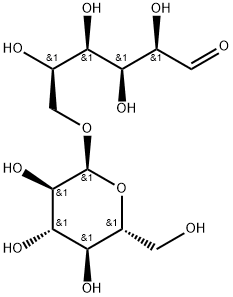


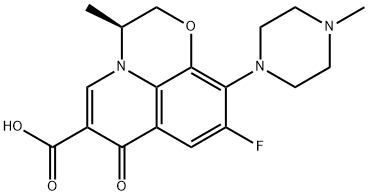

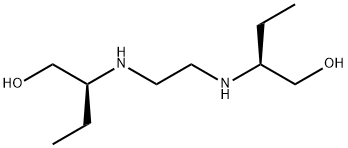
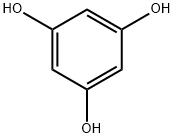

You may like
-
 Invertose CAS 8013-17-0View Details
Invertose CAS 8013-17-0View Details
8013-17-0 -
 7441-43-2 98%View Details
7441-43-2 98%View Details
7441-43-2 -
 1260741-78-3 6-Bromo-3-iodo-1-methyl-1H-indazole 98%View Details
1260741-78-3 6-Bromo-3-iodo-1-methyl-1H-indazole 98%View Details
1260741-78-3 -
 4-bromo-3,5-dimethylbenzenesulfonyl chloride 1581266-79-6 98%View Details
4-bromo-3,5-dimethylbenzenesulfonyl chloride 1581266-79-6 98%View Details
1581266-79-6 -
 2490430-37-8 98%View Details
2490430-37-8 98%View Details
2490430-37-8 -
 N-(5-Amino-2-methylphenyl)acetamide 5434-30-0 98%View Details
N-(5-Amino-2-methylphenyl)acetamide 5434-30-0 98%View Details
5434-30-0 -
 124371-59-1 98%View Details
124371-59-1 98%View Details
124371-59-1 -
 53857-52-2 98%View Details
53857-52-2 98%View Details
53857-52-2